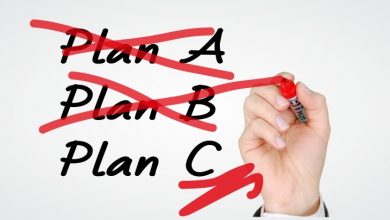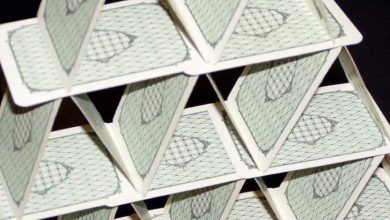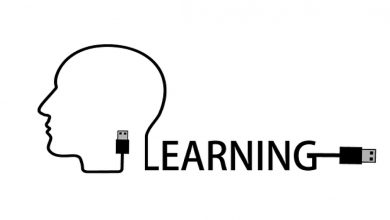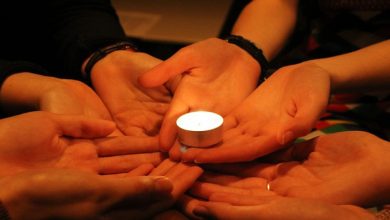Social Learning Theory
Interesting perspectives in the frame of Non-Formal learning supporting theory.
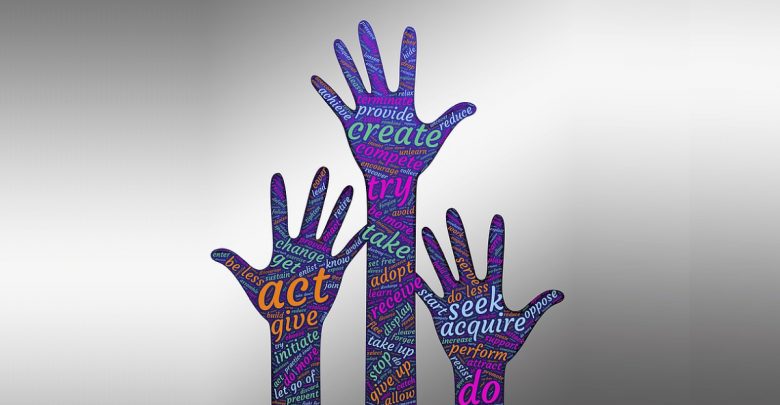
Introduction:
Social Learning Theory, theorized by Albert Bandura, posits that people learn from one another, via observation, imitation, and modeling. The theory has often been called a bridge between behaviorist and cognitive learning theories because it encompasses attention, memory, and motivation.
Content:
Social learning theory explains human behavior in terms of continuous reciprocal interaction between cognitive, behavioral, and environmental influences.
Bandura believed in “reciprocal determinism”, that is, the world and a person’s behavior cause each other, while behaviorism essentially states that one’s environment causes one’s behavior, Bandura, who was studying adolescent aggression, found this too simplistic, and so, in addition, he suggested that behavior causes environment as well. Later, Bandura soon considered personality as an interaction between three components: the environment, behavior, and one’s psychological processes (one’s ability to entertain images in minds and language).
Social learning theory has sometimes been called a bridge between behaviorist and cognitive learning theories because it encompasses attention, memory, and motivation. The theory is related to Vygotsky’s Social Development Theory and Lave’s Situated Learning, which also emphasizes the importance of social learning.
Exercises:
How to apply it in everyday work]
When are you planning your training and defining methodologies (in the field of non-formal learning) and how do you consider the influence that each other member in the group has?
Try to design one activity for your next training and focusing on the methodology proposed, but at the same time try to foresee the influence that one member of the group can have on the other. Do you think that this could help your activity to be more effective? Do I really take in consideration different behaviors in the group dynamic when I am planning? Can you try to adapt?
Reflection Questions:
- Am I aware of theories around Non-Formal Learning?
- How much I am able to benefit from some of them and integrate into my process of work for betting a better quality or more effective result?
Most human behavior is learned observationally through modeling: from observing others, one forms an idea of how new behaviors are performed, and on later occasions, this coded information serves as a guide for action.(Bandura)

